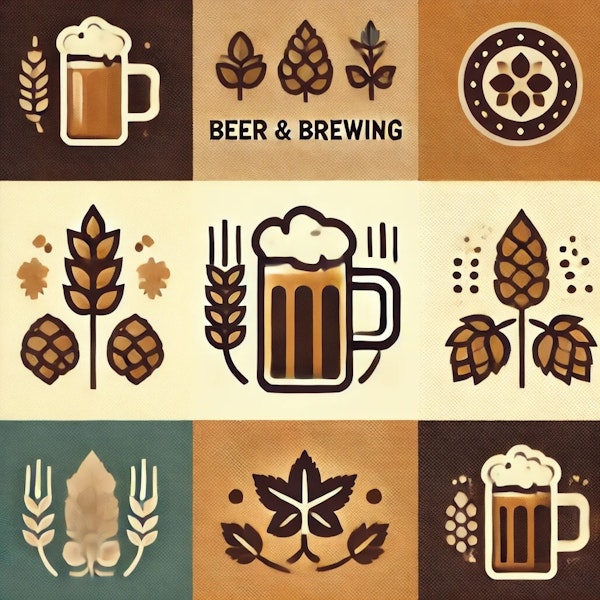
With this fresh recipe from his Make Your Best series, Josh Weikert goes for relatively restrained roast in this dark lager—and you can tinker with it from there.
Dark malts and ample hops intersect at a risky but rewarding flavor zone where few brewers dare to tread with regularity. Here we dig into recipe choices for distinctive, hop-forward black beers that avoid the pitfalls.
In a world where nearly everything seems to be a pale and/or juicy IPA, here is a welcome change of pace: a depth of fun malt and hop flavors, patently American without being one-note citrus-driven.
You don’t have to be Irish to make a great Irish red. Here's Josh Weikert's recipe for an easy-drinking red ale.
Here’s a basic recipe for homebrewed hard seltzer—a blank canvas for an infinite variety of flavorings.
Hard seltzer isn’t hard to make—unless you want to do it well. Like all the pro brewers across the country who went from turning up their noses at the stuff to embracing its popularity, you too can do the same crowd-pleasing 180° in your home brewery.
With the right ingredients, this recipe will re-create the kinds of flavors you’d find at pubs all over England on any given day—a showcase of English malt and hops, pouring a beautiful brilliant jewel-toned orange.
Don’t bother with a yeast starter, oxygenation, or cold crashing here. We want the yeast “struggling” to produce a nice, noticeable ester/phenol profile, and the cloudiness is no vice in a weiss.
Maybe you’ve eyed the mead section of the homebrew shop with curiosity or flat-out suspicion. Could you become a meadmaker? Turns out, you already are; you just don’t know it yet. All you need are the ingredients and these crucial tips from Josh Weikert.
Maybe we can't do Oktoberfest this year, but we can still don our dirndls and drink lager. Plan ahead to have this one ready for autumn. The fresh, grassy, floral hop nose on this one is a perfect fit for the bready malts in the grist.